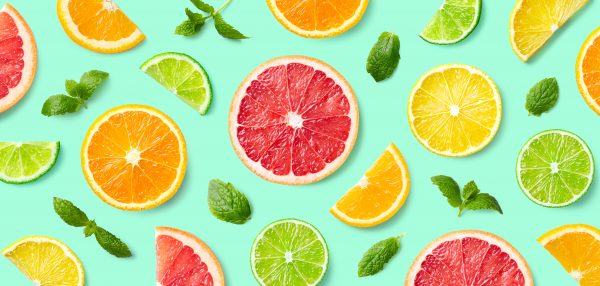November 2, 2021 — By Wendy Sachs
Math Connections
Did you know that your child’s brain is building connections that foster an understanding of mathematics just by going up and down stairs? Or, even by recognizing shapes in a puzzle? Or just noticing the amount of time it takes to brush teeth. Kids learn about math from birth just by the simple routines we do every single day.
Experts tell us that by asking questions as we go about our daily activities and pointing out details we can help children learn the language of math. The better the vocabulary of math, the easier it is for kids to excel at more formal learning when they get into school. The early experiences count.
So what are some ways to help?
- Pointing and counting how many legs the puppy has, how many blocks in the tower, how many wheels on the car.
- Observing more or less, such as you have more crackers and I have less crackers.
- Exploring comparisons such as observing the idea of a lot or a little, a few or a couple, many or few. You can do this as you play or eat a snack or even are out for a walk.
- Notice shapes that occur naturally all over the environment you are in- finding squares on the ceiling, circles that are at the park, even octagons on a stop sign.
Order and Patterns
Patterns are big in math so making patterns with colors or even actions and then pointing them out will help your child learn. Even the order in which we do repetitive tasks can be observed. First, we get a bath, then we get in PJs and then we read. This is our bedtime pattern.
Series of Steps
Problem solving is another skill that can be strengthened even with young babies. You can continue to support skill growth throughout a child’s development. Much of math is based on the idea that there are a series of steps to get from problem to solution. When your little one has a problem, you can help identify the steps to solve. For example, when a toy is just out of reach for your 5 month old, you can narrate the steps baby makes to get the toy. “I see that toy is far away. I see you wiggle your hips to get closer. I see you grab the blanket and pull. The toy is closer. What will you do next? Did you reach out with your hand? You got it!” As kids get older you can ask questions. Let toddlers figure out problems by trial and error or other methods independently. “You want to carry 3 toys but you only have two hands. What can you do? Oh, you will make 2 trips. That is a solution. What is another thing you can try? You could use a basket!”
Size, Shape, Color
Simple play with small toys, blocks or books can be a great way to introduce these concepts even with young babies. Notice things like size, shape and color then separate into groups, compare, contrast and count. Not only will you help by introducing concepts and vocabulary, your babies will associate these words and activities with loving and meaningful relationship. The interactions spark kids’ brains because of the close connections. You will strengthen your relationship AND help your baby on the way to math success!!
